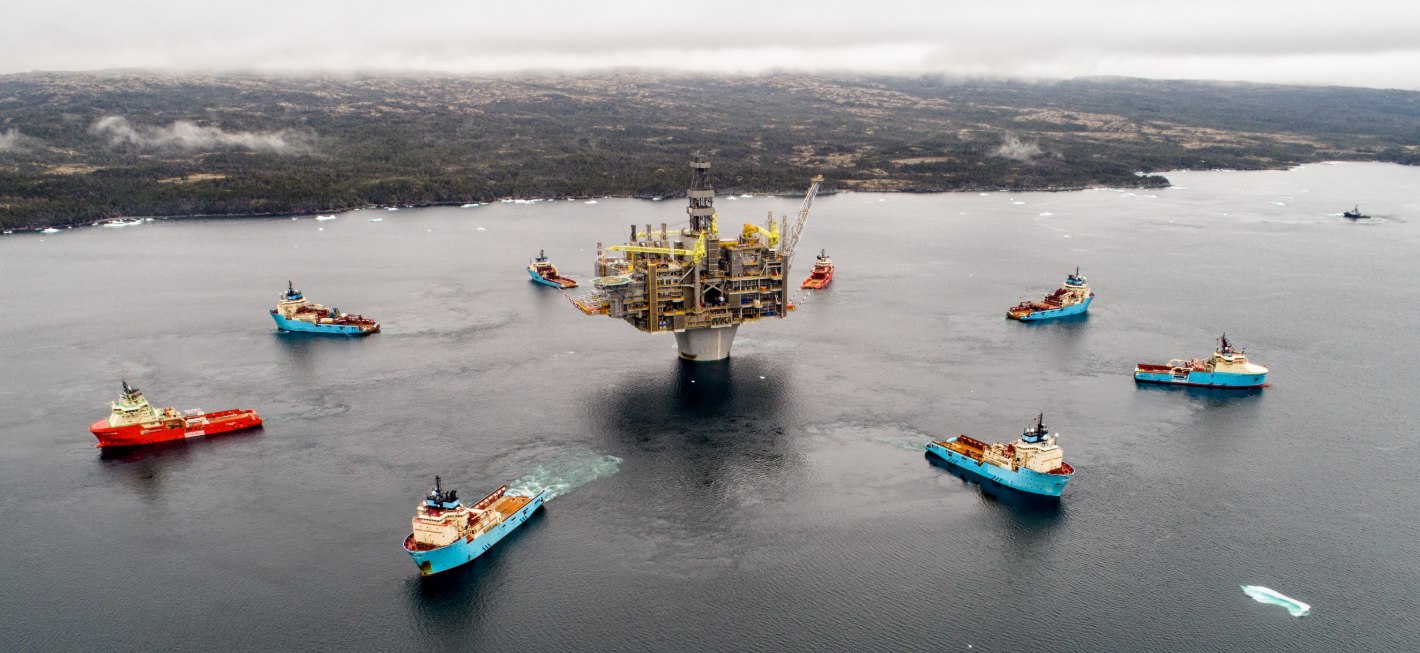
Next year will mark 30 years of offshore oil and natural gas production in Atlantic Canada. In that time, the region has been the primary source of human capital for the oil and gas industry in other parts of Canada, while also being a significant recipient of the benefits from oil and gas activity.
The evolving energy crisis in Europe, fueled by the high cost of renewable energy and increasing demand for natural gas in economies in Europe and Asia, has magnified the role that natural gas will play in reducing global emissions.
When previous governments implemented bans on hydraulic fracturing on onshore natural gas in New Brunswick and Nova Scotia, those political decisions prevented the development of a sizeable provincial industry that could have provided more jobs for workers and revenues to governments. Now, the current run-up in natural gas prices shows how much Atlantic provinces could reap in business investment, royalties and taxes, if they chose to increase natural gas exploration activities within their borders.
That brings us to the impact of the oil and gas industry spending that is already occurring in Atlantic Canada. As of 2017 (the latest year for which detailed Statistics Canada data about the region is available), oil and gas spending in Atlantic Canada had a direct impact of over $8.4 billion and another nearly $2.9 billion in indirect impact, for an $11.4 billion in total output.
That money contributed to the creation of over 7,500 direct jobs and another 12,500 indirect jobs in the Maritimes and Newfoundland & Labrador—over 20,000 well-paying jobs and nearly $7 billion in GDP. Wages and salaries paid to workers in the region amounted to around $1.36 billion in just 2017—and that was when oil and gas spending was in a “slump” year.
Oil and gas spending in Atlantic Canada touches on a variety of local industries. In 2017, the oil and gas sector purchased $447 million worth of services from Atlantic Canada’s finance and insurance sectors. It also paid $618 million into what Statistics Canada labels the “professional, scientific and technical” sector—think of engineers working on Newfoundland’s offshore rigs or Halifax accountants providing numbers expertise to energy companies.
Manufacturing in Atlantic Canada was a major beneficiary in the region. That sector alone received over $2 billion in orders as a result of oil and gas spending. And, at over $3.7 billion in direct spending, alone, oil and gas in Atlantic Canada is very significant.
Canada’s oil and gas sector also has a significant direct and indirect impact on Atlantic Canada’s interprovincial export sectors, as does the purchase of goods and services in Atlantic Canada by citizens, businesses, and governments in such provinces as Alberta. For example, in 2017, Atlantic Canada’s interprovincial trade with Alberta was $1.8 billion, behind the region’s trade with the United States (nearly $21.6 billion), Ontario ($7.6 billion), and Quebec ($6.7 billion), but ahead of trade with international markets such as China ($1.6 billion), the United Kingdom ($800 million), and the Netherlands and Japan ($600 million each).
The Atlantic provinces should take steps to take greater advantage of the benefits of higher oil and gas prices. At over $11 billion in direct spending in 2017 alone, oil and gas investment in Atlantic Canada is impactful. But it could be even more economically meaningful if additional reserves especially onshore natural gas in New Brunswick and Nova Scotia were tapped.
Ven Venkatachalam and Lennie Kaplan are with the Canadian Energy Centre, an Alberta government corporation funded in part by carbon taxes. They are authors of 20,000 jobs and $11 billion: The impact of oil and gas (and Alberta) on Atlantic Canada’s economy.
The unaltered reproduction of this content is free of charge with attribution to Canadian Energy Centre Ltd.